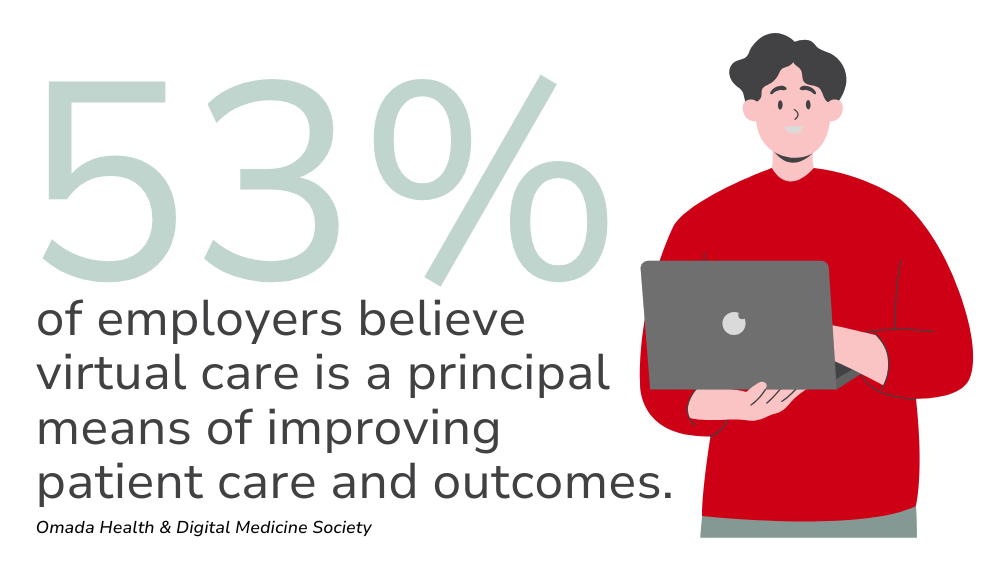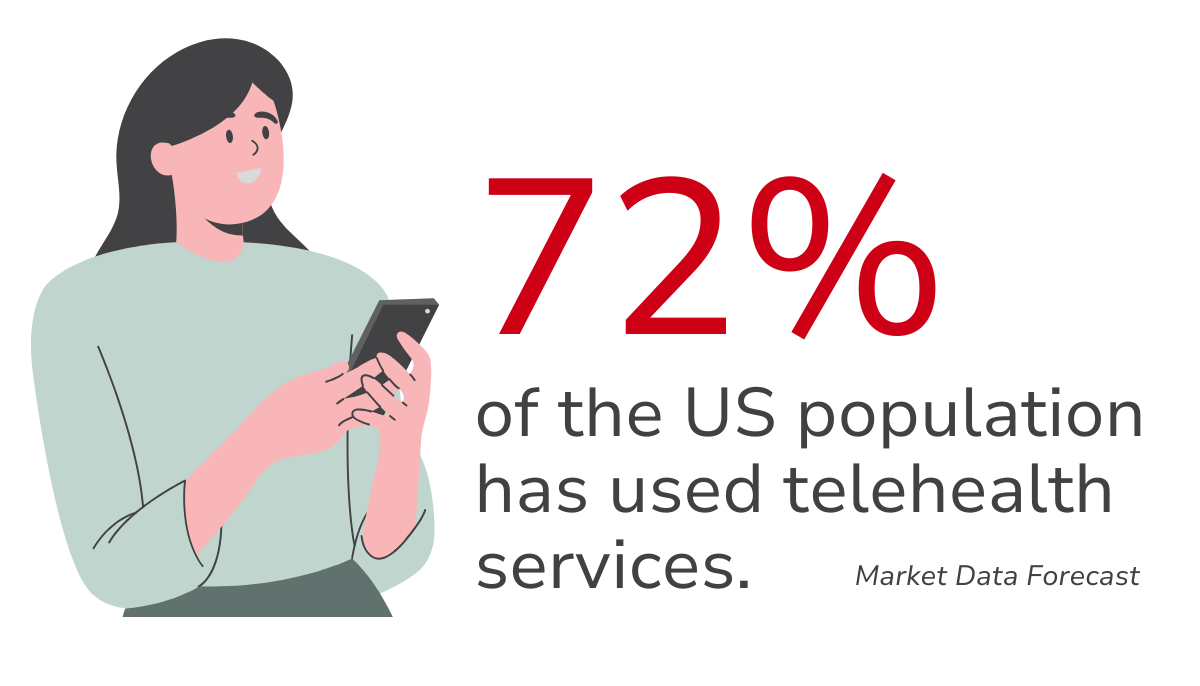The Benefits of Telemedicine
Telemedicine is no longer an emerging trend; it's a fundamental part of modern healthcare. As virtual care technology evolves, patients, providers, and employers are seeing the advantages of remote healthcare access.

For years, access to healthcare remained stagnant and limited by technology or location. People in remote areas couldn’t receive the care they needed; or wasted time and money driving to a doctor’s office for something that turned out to be minor. On the flipside, many suffered from not prioritizing their health, leading to greater issues down the road.
Businesses didn’t have a way to offer a remote option, costing them and their employees more money than it should when providing benefits that are supposed to help them. They needed another option. The solution? Telemedicine.
At Planstin Administration, we understand the need for flexible, compliant health benefits that work for both employers and employees. Telemedicine is a strategic, long-term solution that enhances accessibility, lowers healthcare expenses, and promotes healthier populations.
In This Article
How telemedicine works and why it’s effective
Telemedicine isn’t just a convenient way to access healthcare; it’s a healthcare tool that, when used correctly, can give businesses a competitive advantage as well as an effective way to protect their budget and people. It utilizes video, phone, or secure messaging to deliver healthcare services anywhere, so people can get the care they need on their time.
In recent years, its ongoing success has solidified it as a permanent and strategic part of modern care.
Unlike traditional office visits, telemedicine connects patients with providers from anywhere. This flexibility makes it especially valuable for individuals in rural areas, patients with mobility limitations, chronic conditions, and anyone with a demanding schedule.
Improved Access and Convenience
Patients don’t need to take hours off work, find childcare, or drive long distances unless their situation requires immediate attention. It's accessible for everyone with an internet connection. Meet with a doctor in the comfort of your home.
Continuous and Preventive Care
In addition to in-person visits, telemedicine supports follow-ups, remote monitoring, and early detection. This ensures managing chronic conditions and reduces the risk of more serious complications.
Cost-Effective Healthcare
Virtual care significantly reduces direct and indirect costs. It benefits both patients and payers by preventing costly, unforeseen issues that could arise. Patients avoid lost wages, travel, and time off. It's a practical solution to modern healthcare challenges.
Mental Health Support
Virtual healthcare platforms expand access to therapists and counselors especially in underserved areas. Making it easier for people to seek the support they need when they need it. This approach helps transition healthcare from a reactive model to a proactive one focusing on early detection, ongoing support, and reduced long-term risk.
- Appointments are easier to schedule and attend.
- Remote monitoring allows earlier intervention.
- Regular check-ins reinforce treatment adherence.
- Mental health care becomes more accessible.
Advantages for employers and employees
Telemedicine delivers significant value across the board, boosting employee satisfaction and productivity while reducing overall healthcare costs for employers.
Employees
Work-Life Balance
Appointments can be scheduled before work, during a break, or after-hours saving time and money.
Reduced Exposure Risk
Virtual care helps minimize contact with contagious environments, especially important for vulnerable individuals.
Avoiding Presenteeism
What’s presenteeism? It’s when employees work while sick and their productivity suffers. With telemedicine, they can access care quickly and return to work healthier, reducing the risk of errors.
Improved Access to Mental Health
In areas with provider shortages, telemedicine fills gaps in behavioral healthcare availability and removes barriers to entry.

Cost Reduction
Virtual visits are typically more affordable and help reduce claims tied to avoidable ER or urgent care visits.
Employee Loyalty
Providing easy, affordable access to care builds trust and long-term engagement with your team.
Limitations of telemedicine
While telemedicine offers considerable benefits, it’s not a perfect solution. Certain clinical needs and patient circumstances still require in-person care, and virtual care comes with a few challenges.
Required In-Person Care
Some health conditions demand physical exams, diagnostic testing, or hands-on procedures that can’t be done remotely. Telemedicine should be viewed as a complement, not a replacement for traditional care.
Technology and Access Barriers
Virtual care relies on internet access and connected devices. Which may present difficulties for rural communities, older populations, or low-income households.
Data Security and Privacy
Even though telehealth platforms are required to comply with HIPAA, protecting sensitive patient data in digital environments requires robust security protocols and constant vigilance to protect patients’ private information.
Face-to-Face Interaction
Although effective, virtual interactions may feel less personal or miss specific non-verbal cues that would be easier to detect in person.
Telemedicine works best when strategically integrated into a broader care strategy. It's most powerful when used to expand access and enhance continued care without attempting to replace every aspect of in-person healthcare.
Planstin’s strategic telemedicine implementation
At Planstin, we help employers easily integrate telemedicine into their health benefit offerings. Whether as a single option or part of a comprehensive benefits plan, our platform provides everything needed to offer modern, and cost-effective care.
Our Virtual Care Integration Includes:
- 24/7 access to board-certified providers
- Mental and behavioral health services
- Chronic condition support and remote monitoring
- Transparent pricing
We also offer flexible plan design, allowing you to build healthcare packages that work for your team’s specific needs without unnecessary complexity or cost.
Redefining access, affordability, and outcomes
Telemedicine is reshaping healthcare by increasing access, lowering costs, and improving outcomes. Employers win by offering a healthcare solution to their employees that can cut costs on urgent care, office appointments, and emergency visits. Employees benefit from being offered a solution that can save them money and time while getting the care they need.
By embracing telehealth, you're not just offering convenience; you're being more strategic with how healthcare is delivered, managed, and experienced. Paving the way forward for better outcomes.
We're committed to helping employers lead the way with smart, scalable solutions that make a real difference in people’s lives. Click below to get started today.
Explore
SUGGESTED FOR YOU





